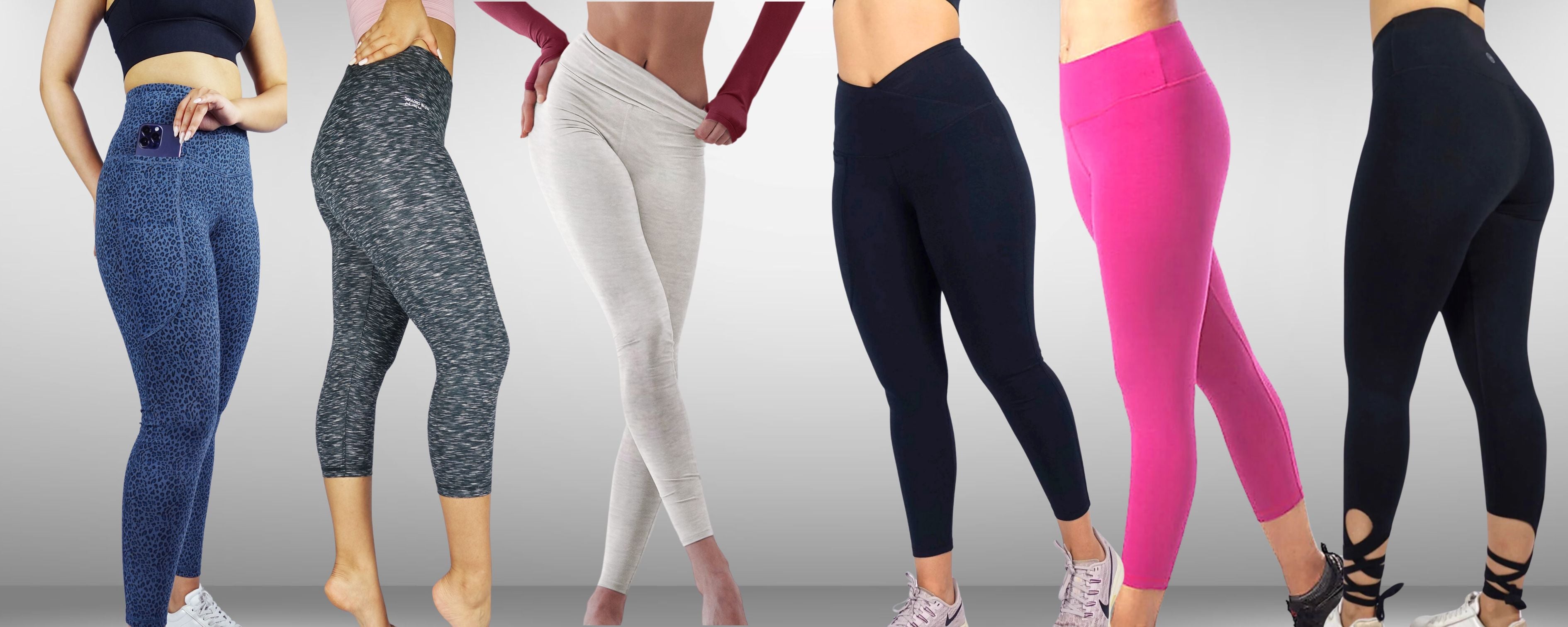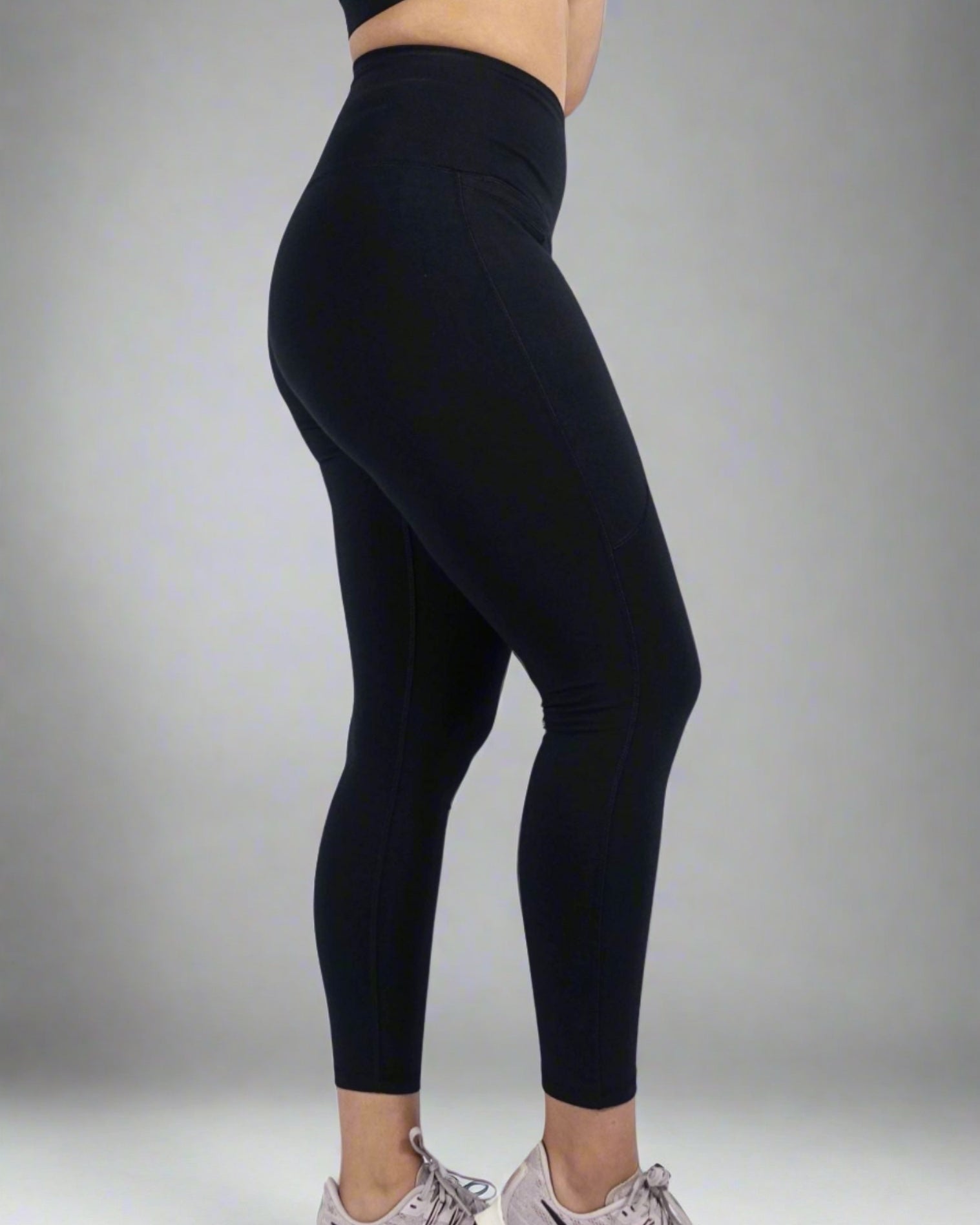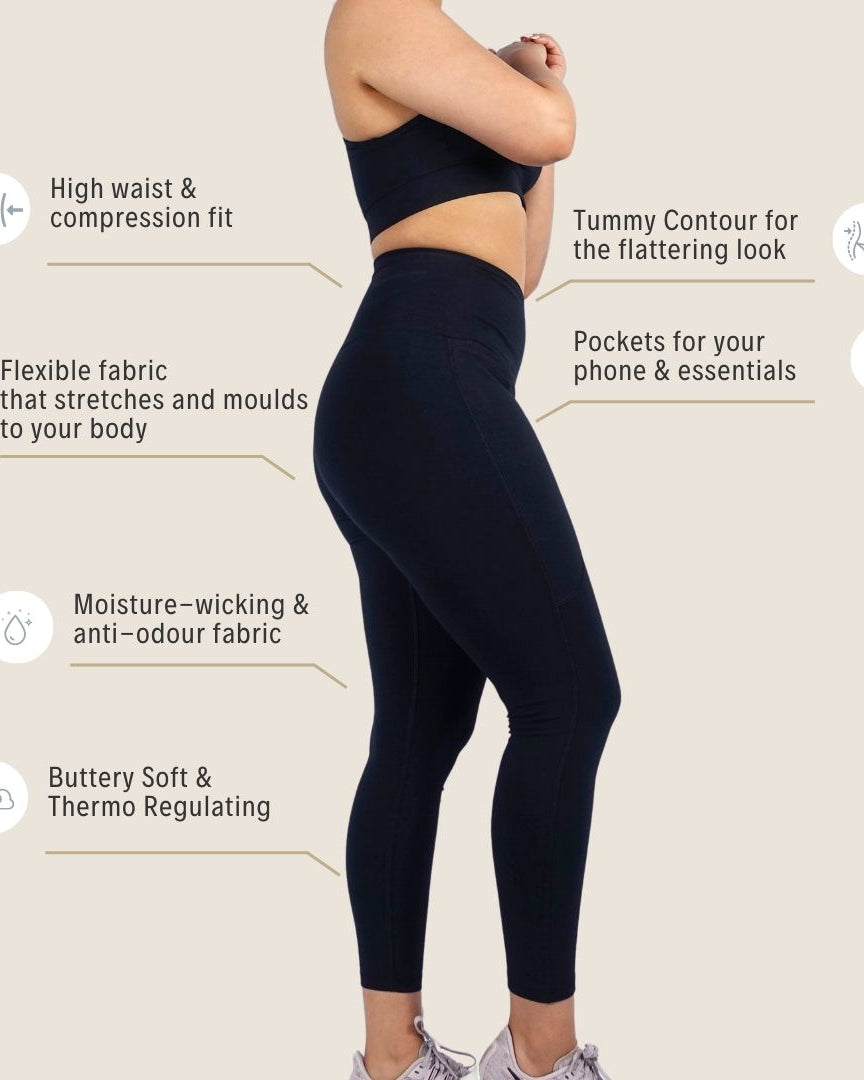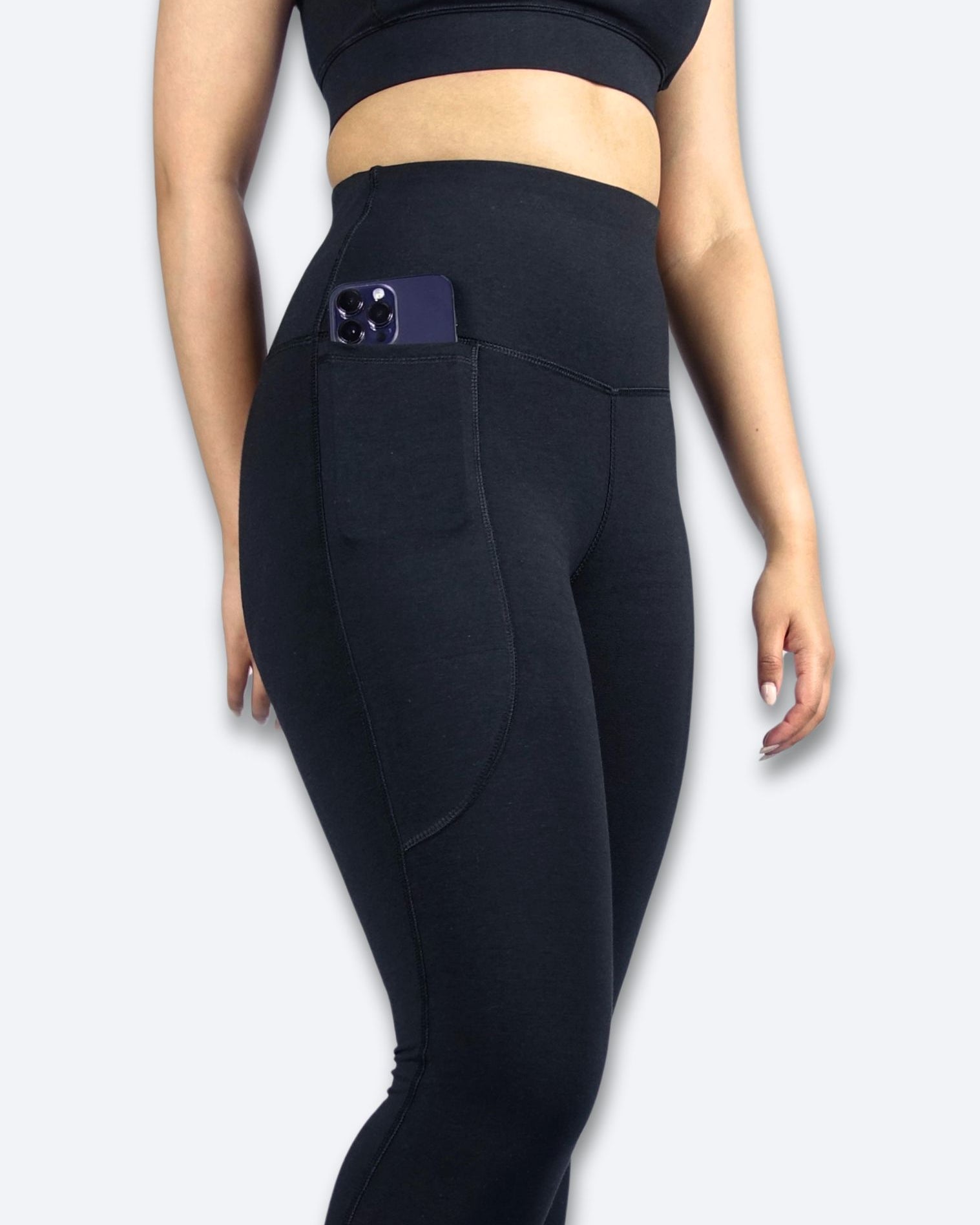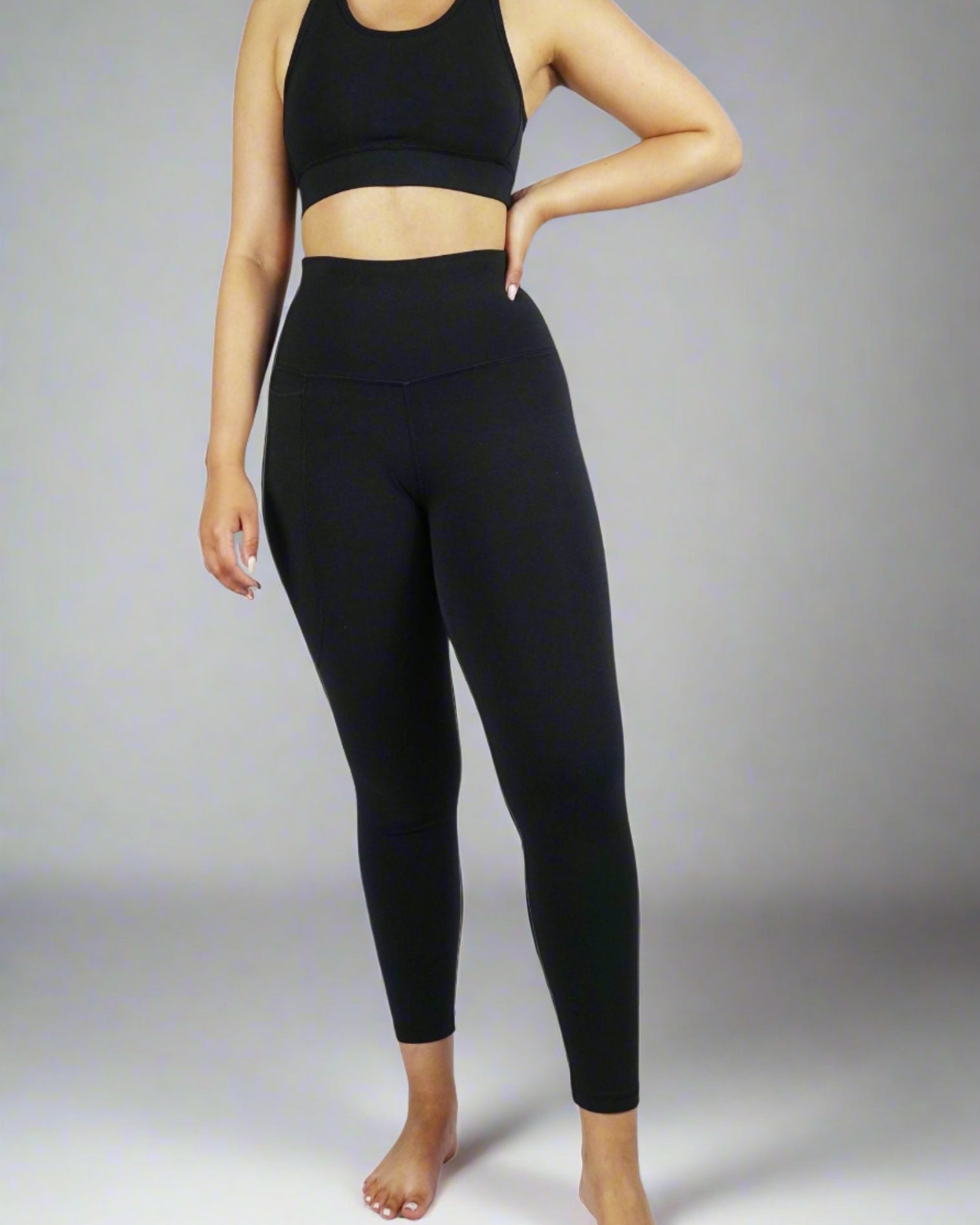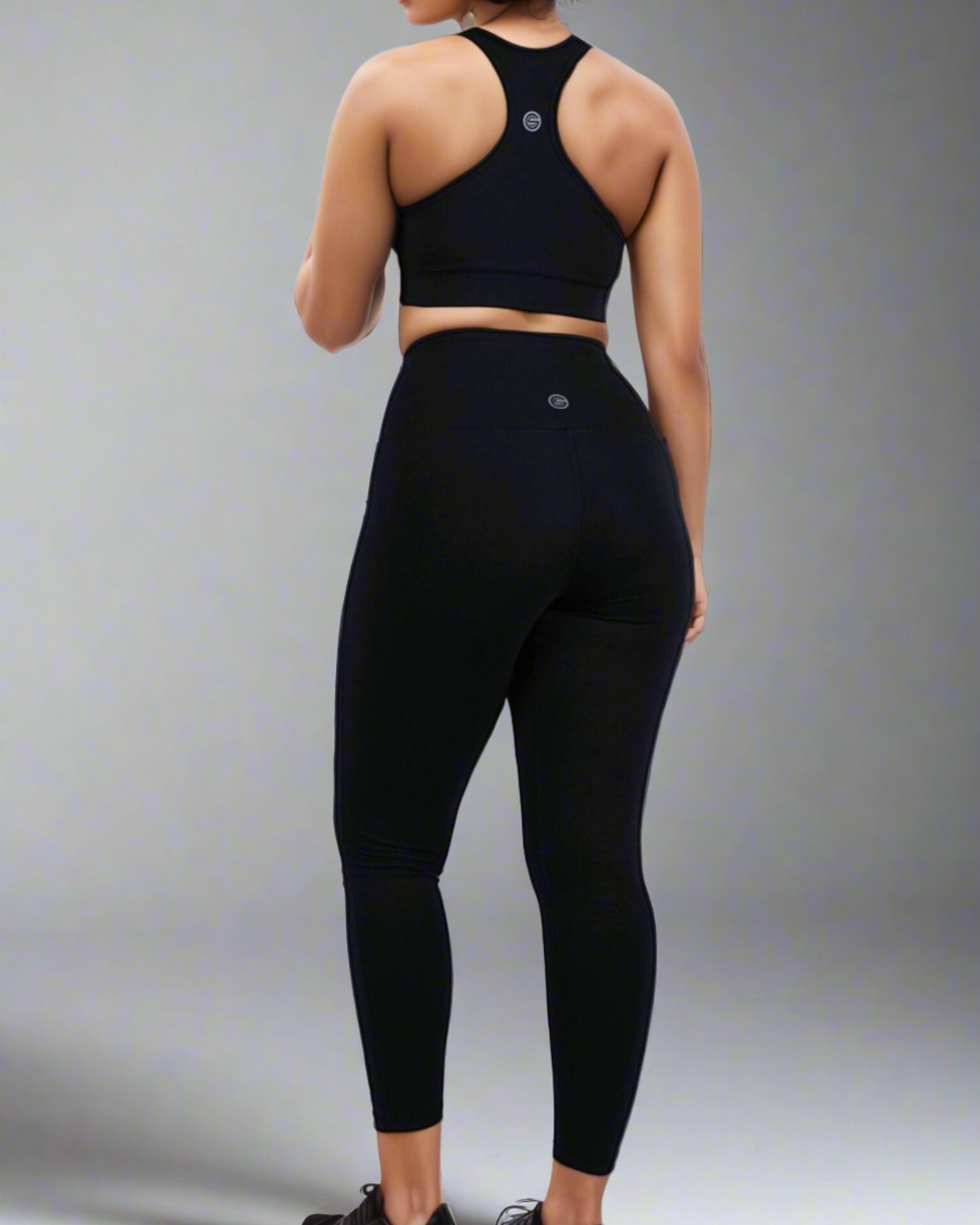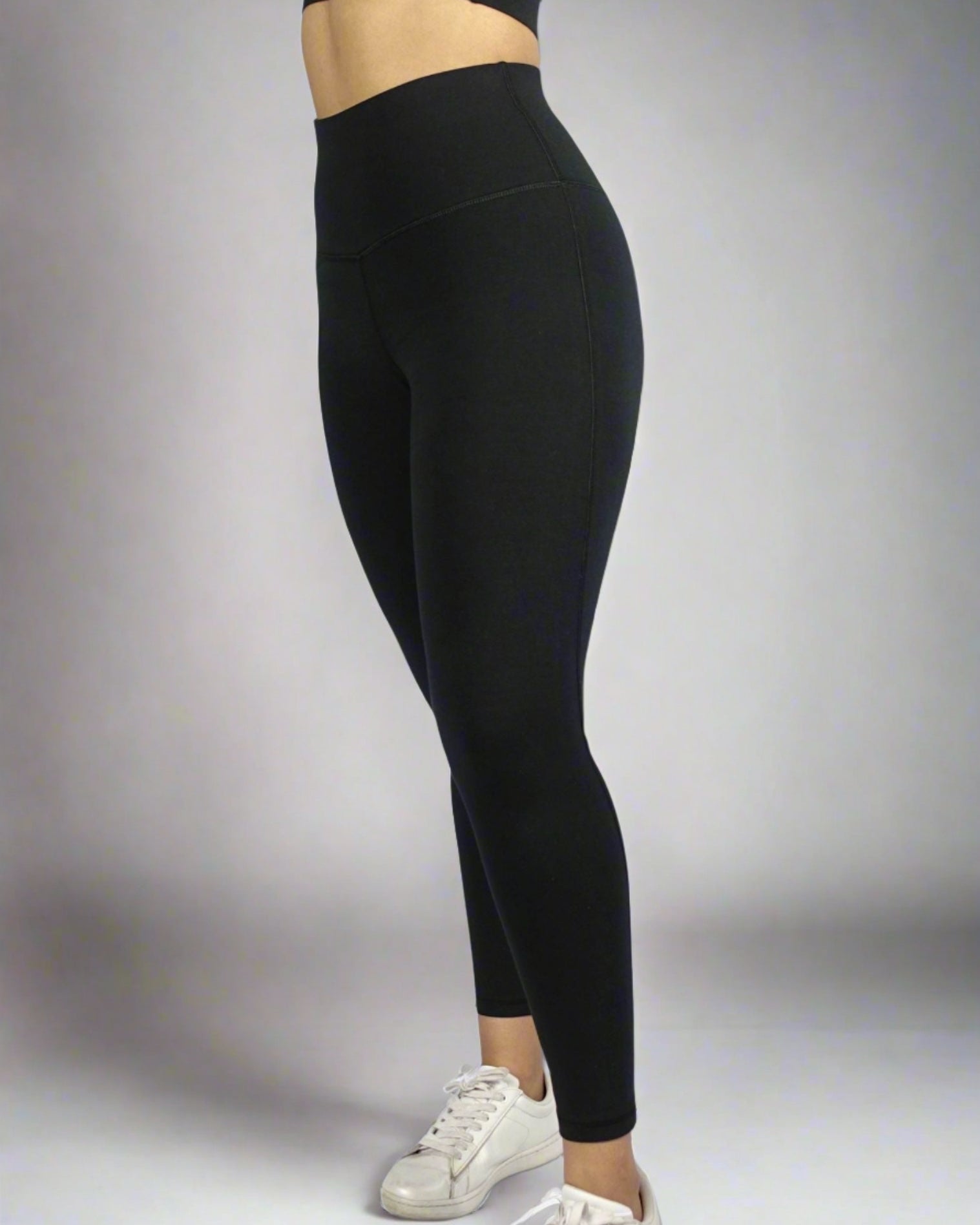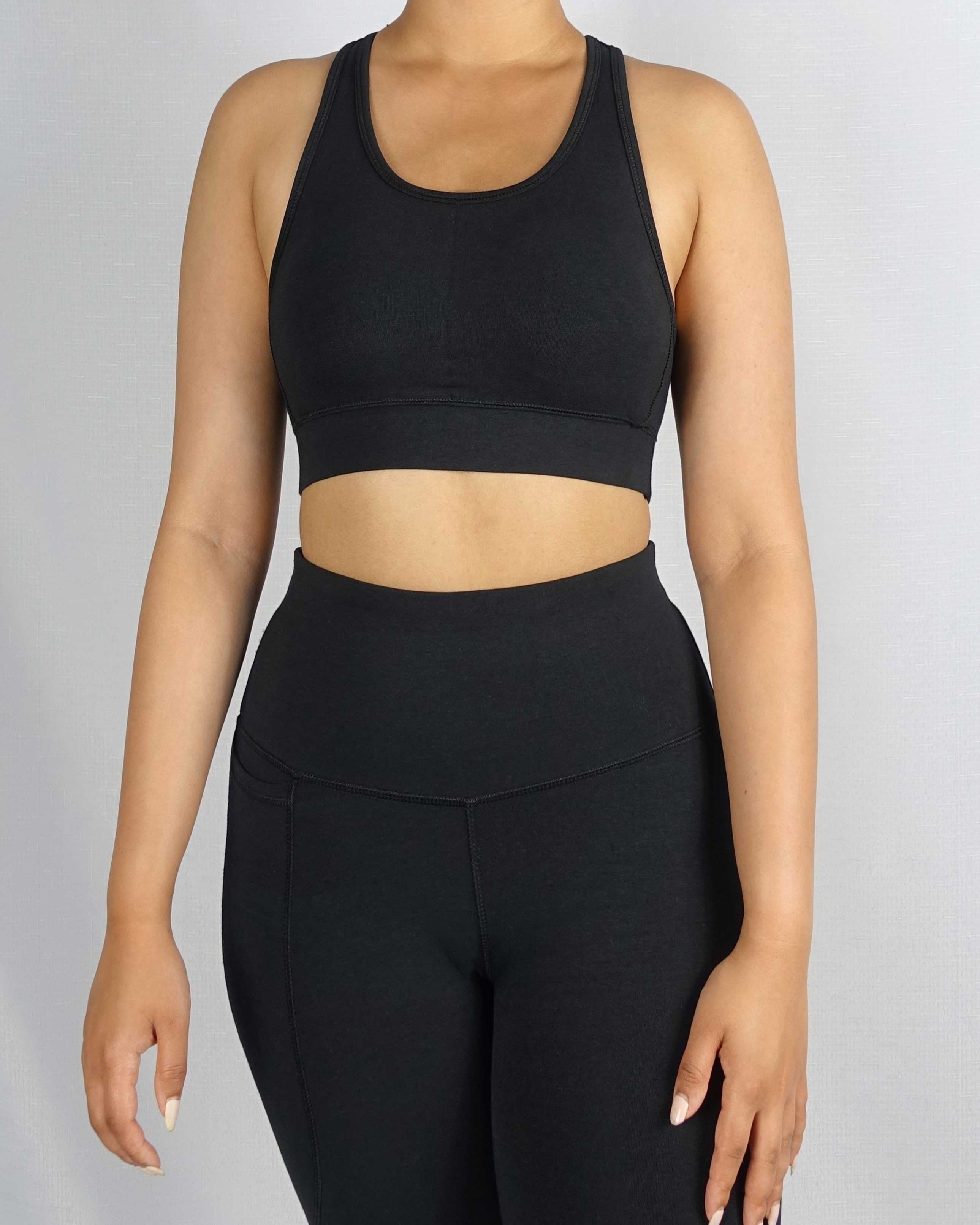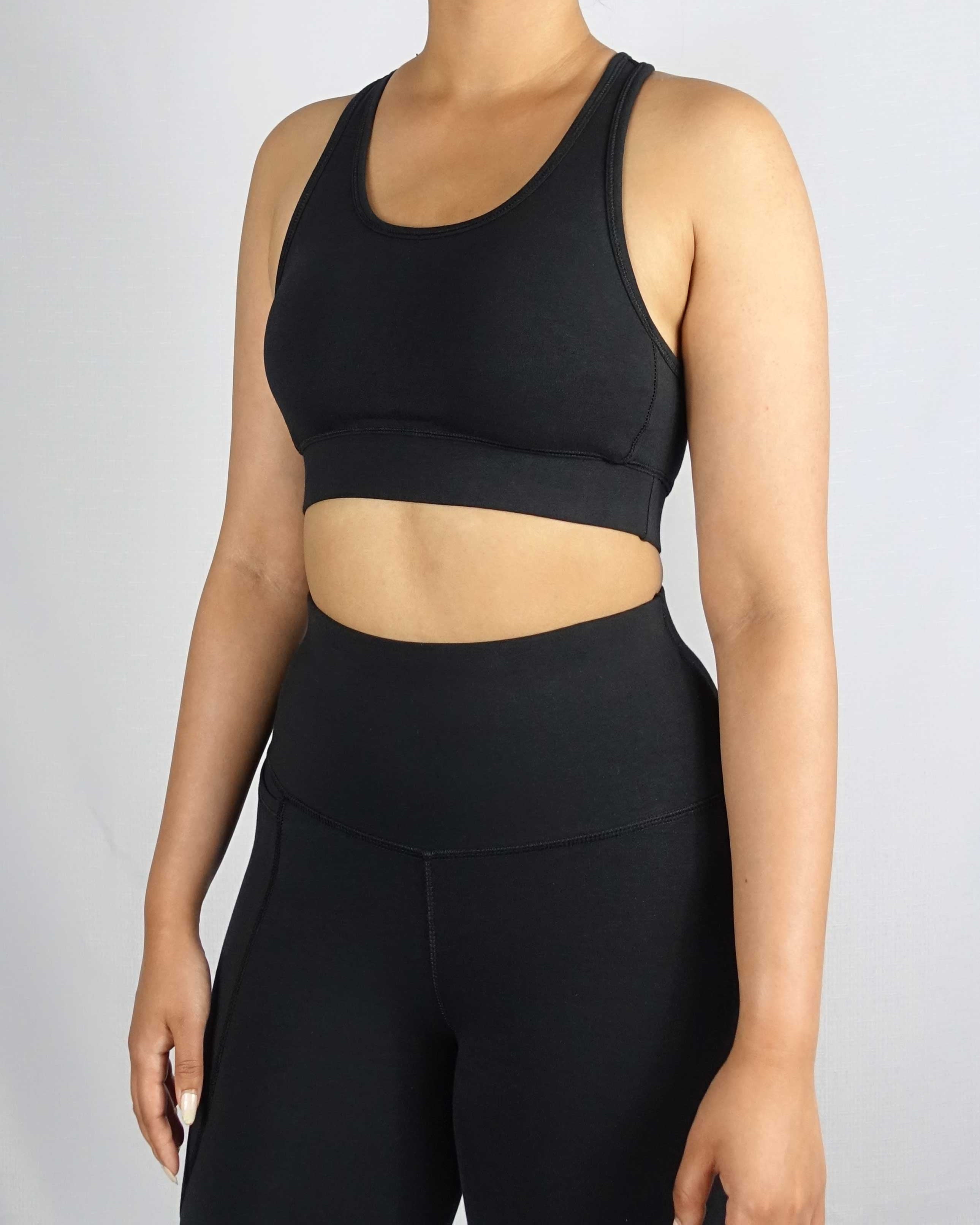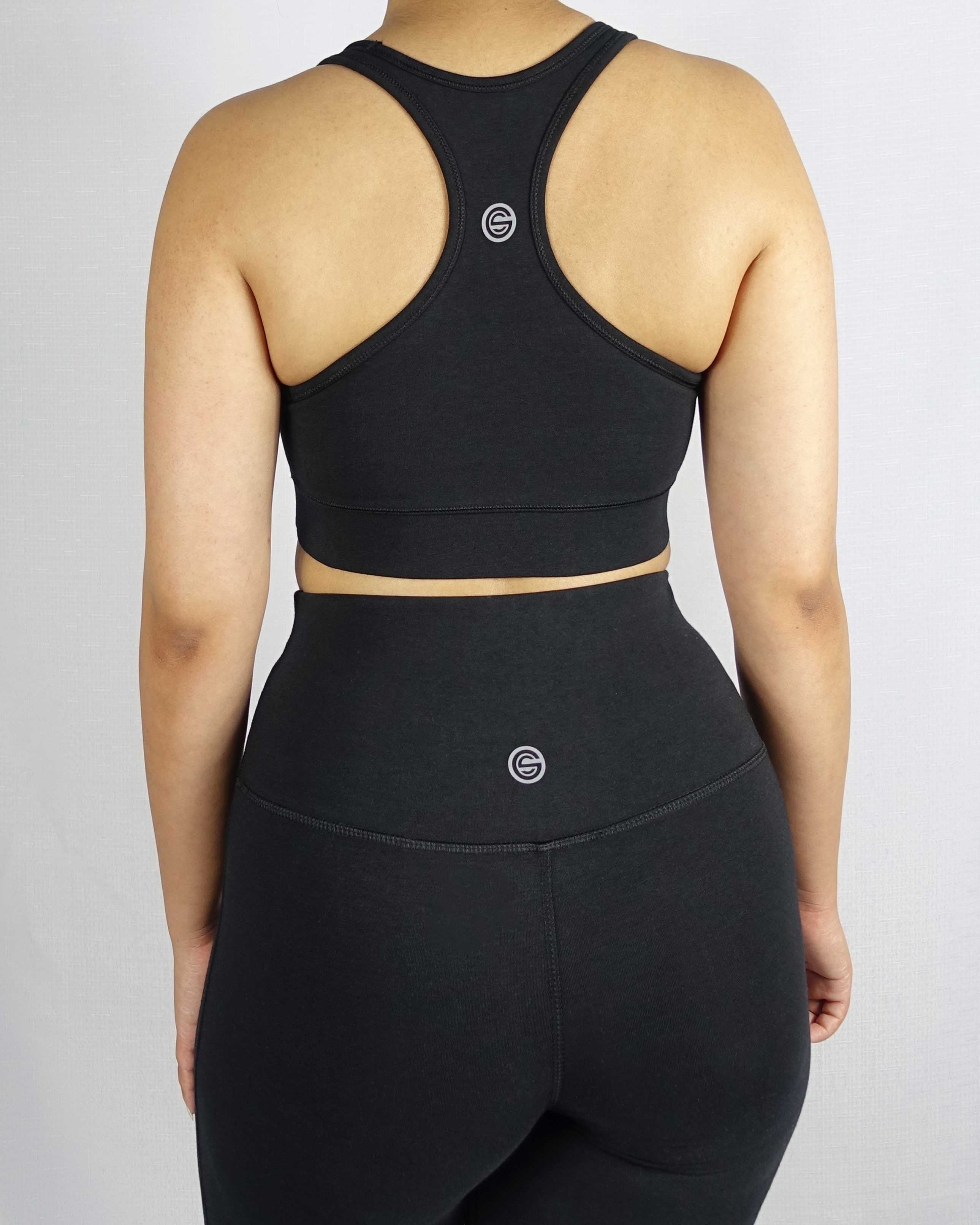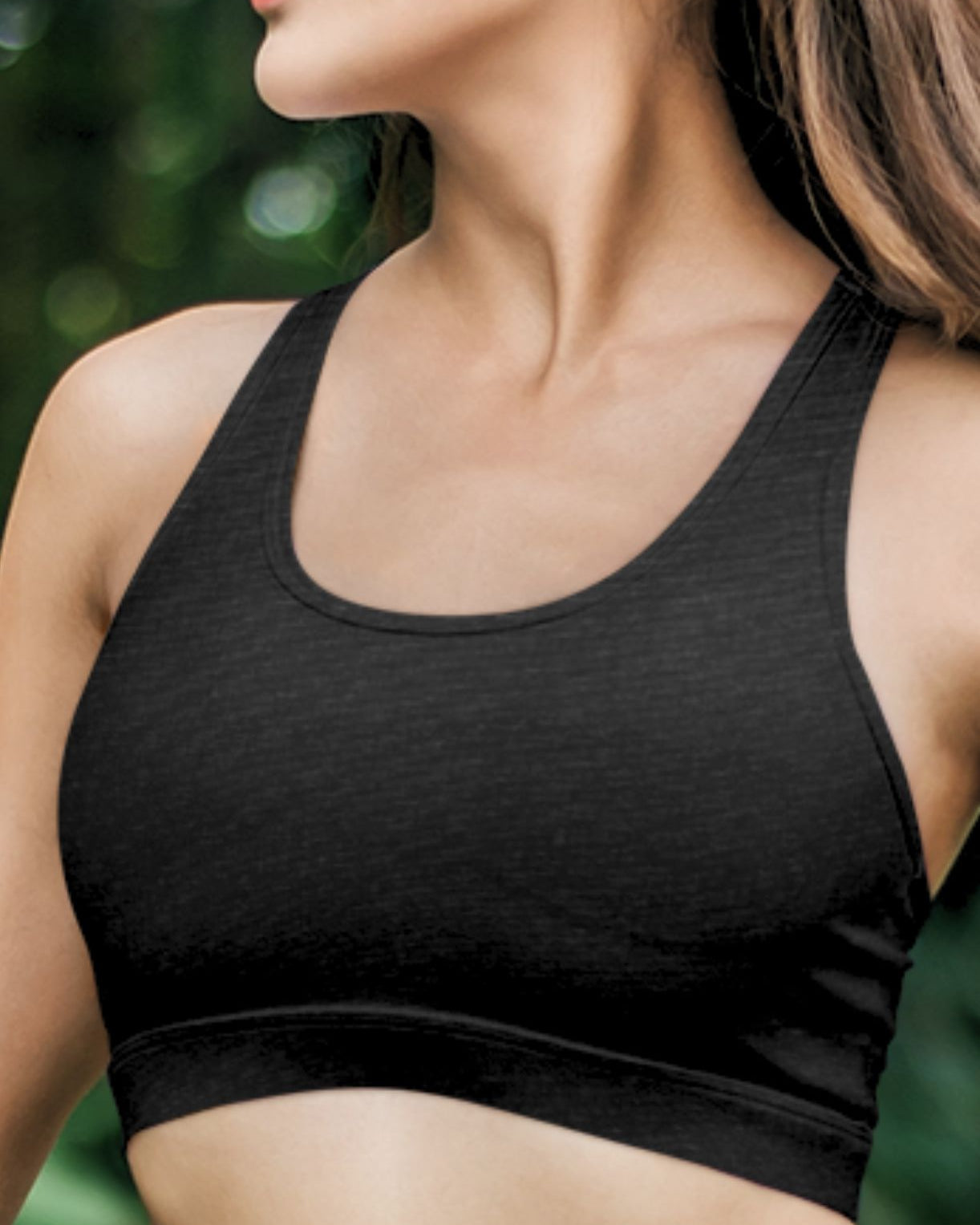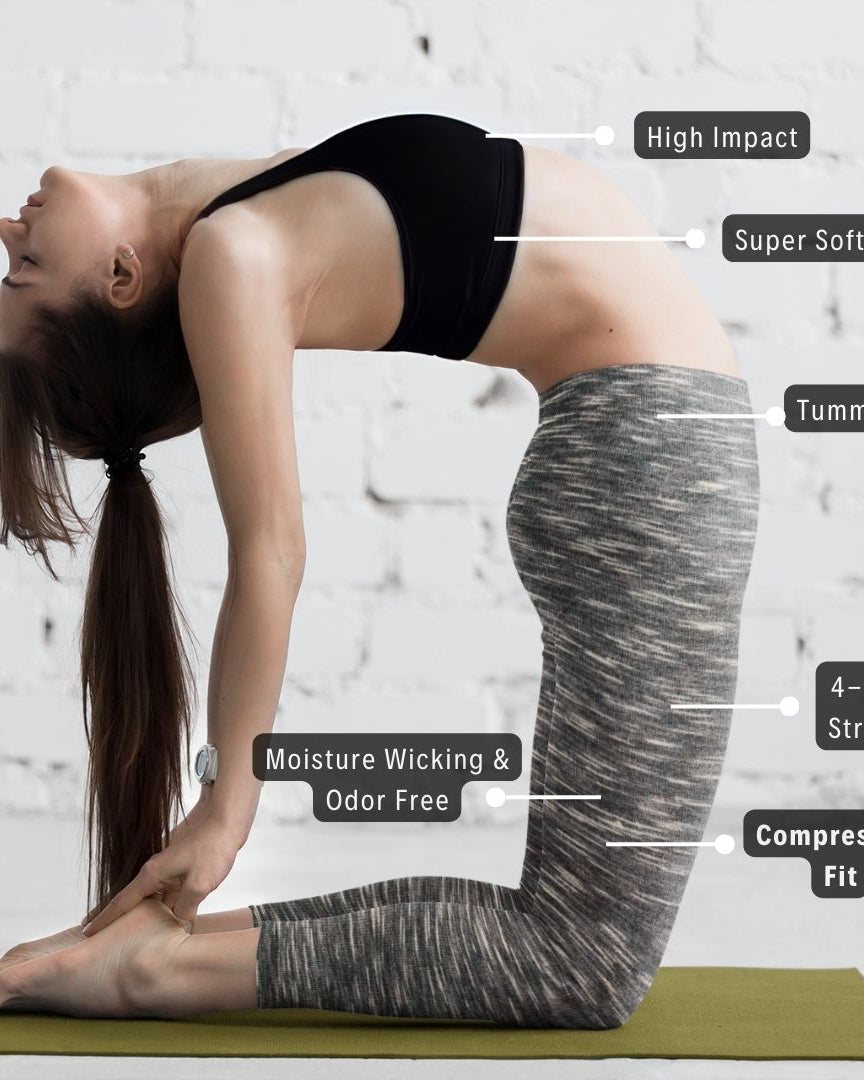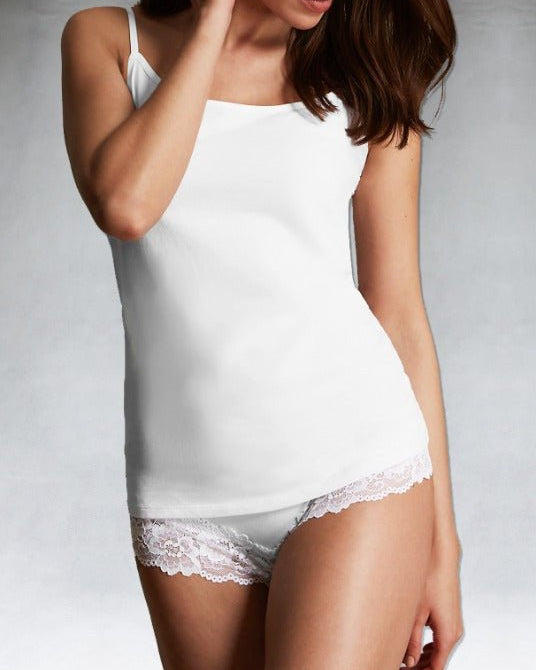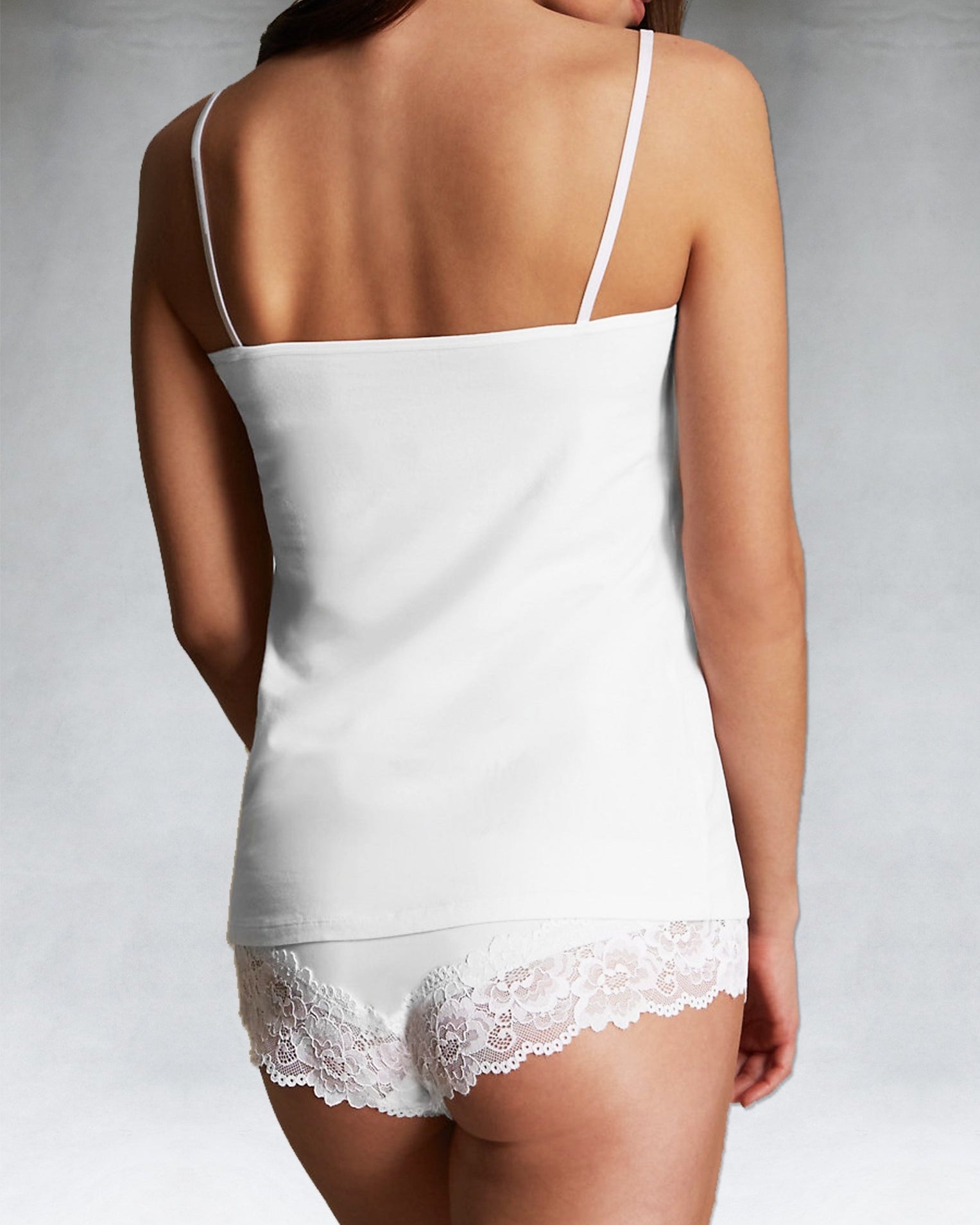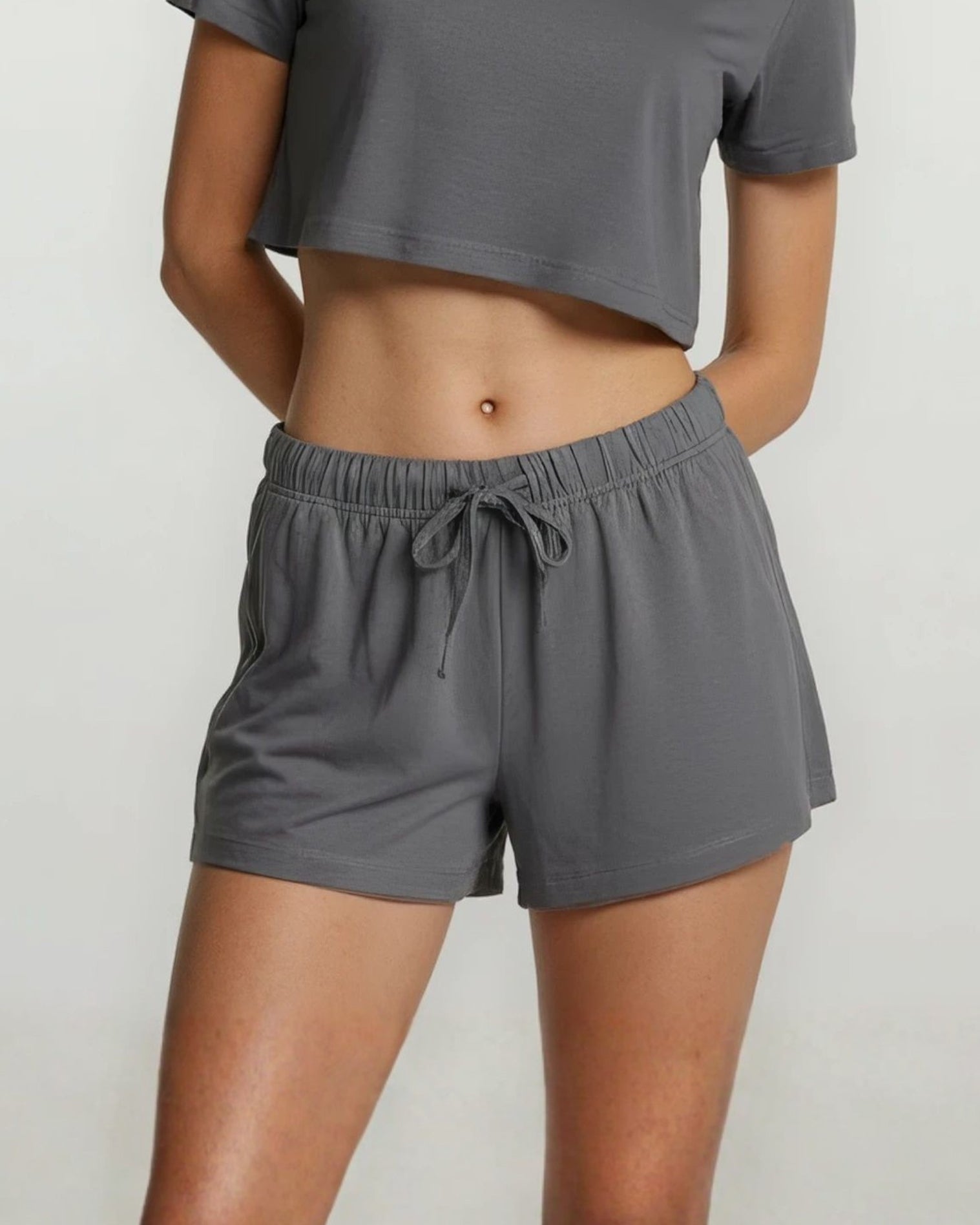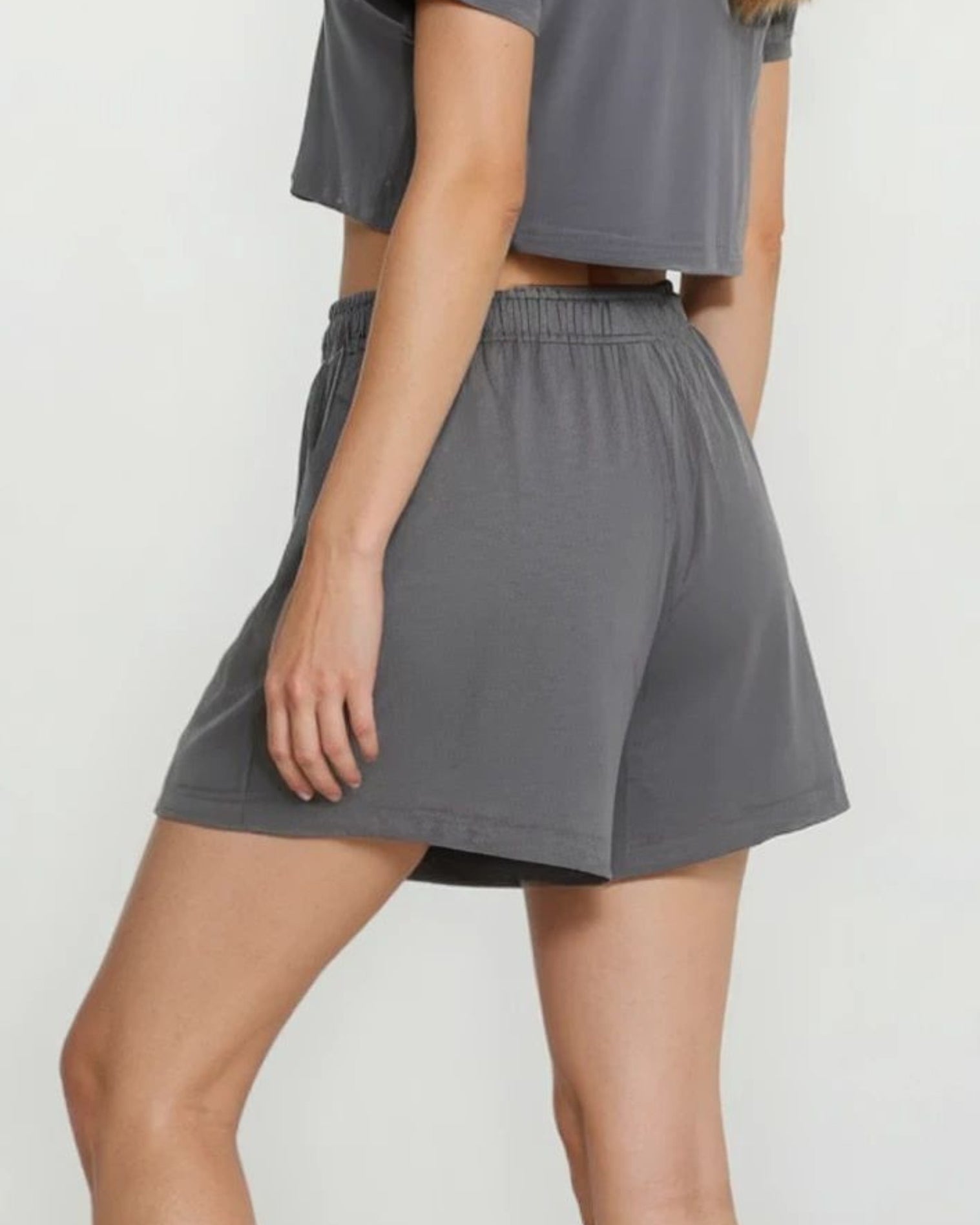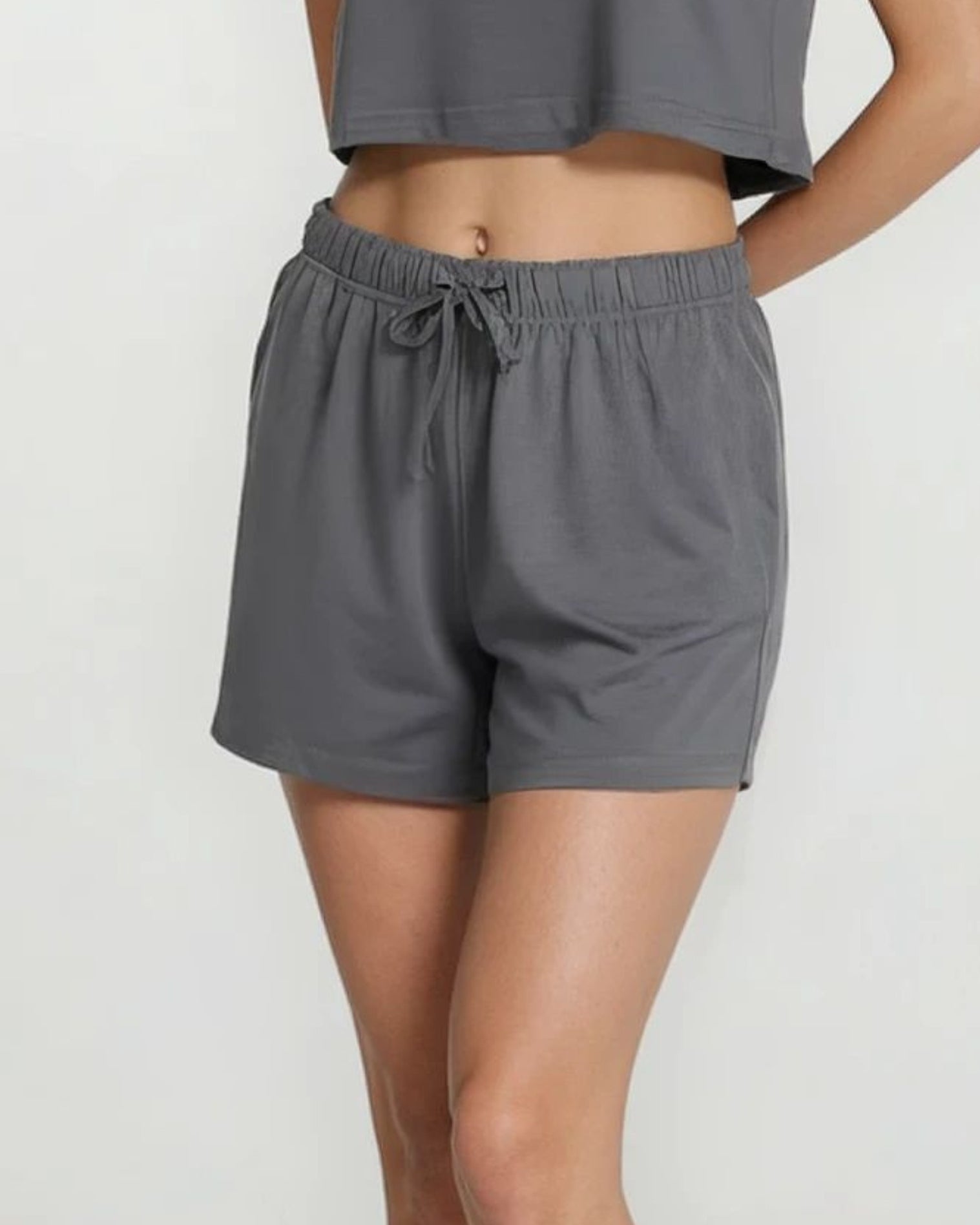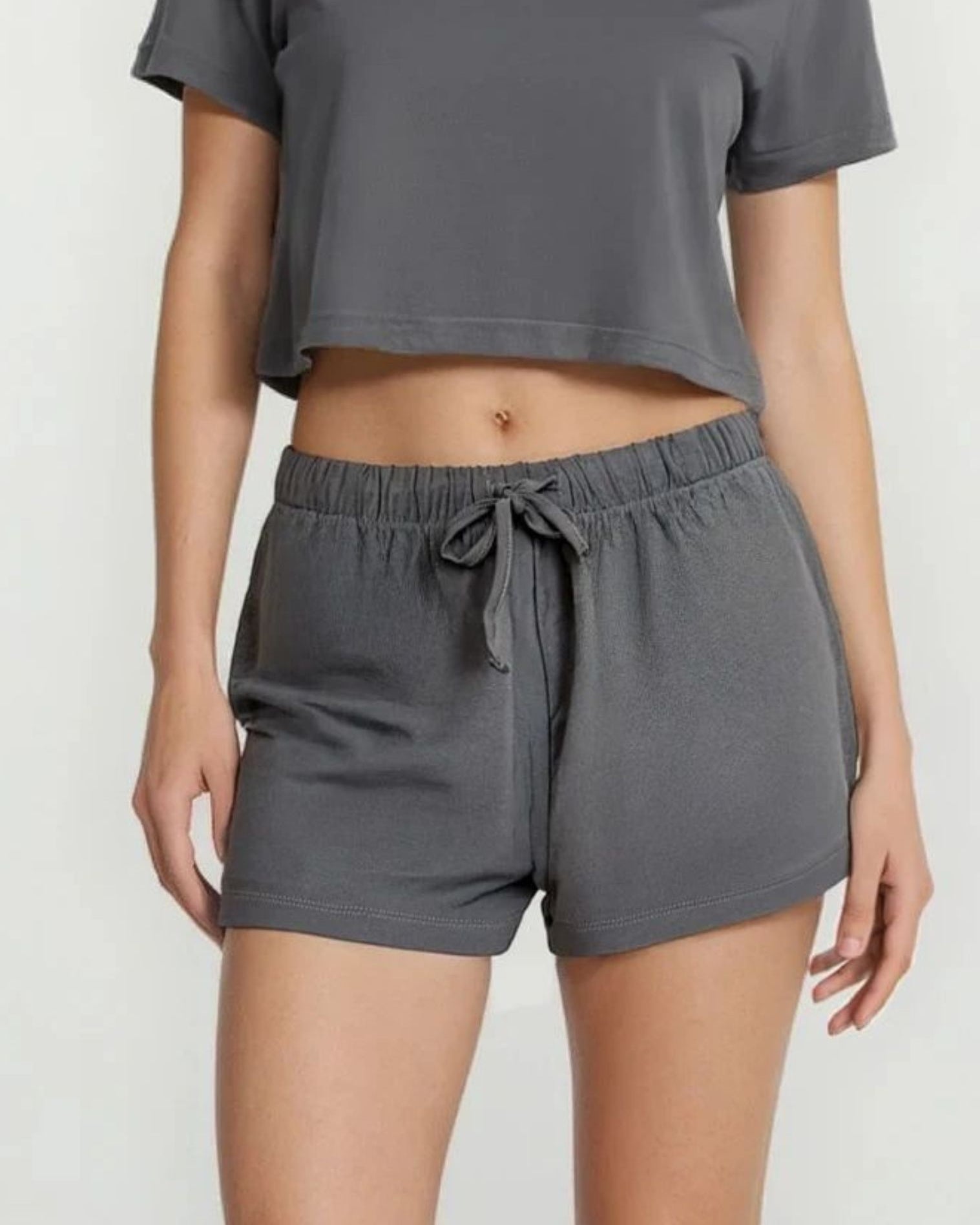The activewear industry has expanded significantly, incorporating numerous fabric types and blends. The most comfortable and environmentally-friendly option is regarded to be still consisting of bamboo blends, which are known for their skin-friendly properties making it incredibly comfortable to wear..
WHAT MAKES BAMBOO ECO-FRIENDLY AND SKIN FRIENDLY?
Buttery soft, smooth, and extremely flexible, these are just some of the great things about bamboo fabric. Bamboo fabric has many benefits - for both you and the environment Some of these include,
FOR THE ENVIRONMENT:
- Eco-friendly
- Renewable
- Biodegradable
- Buttery soft
- Moisture-wicking
- Hypo-allergenic
- Anti-microbial
- Odour-control

ECO-FRIENDLY FACTS OF BAMBOO
- Bamboo is an eco-friendly fabric. It grows quickly and doesn't need to be treated with any pesticides or fertilizers, and it doesn't require a lot of water to grow.
- It's a renewable resource. Unlike cotton, which takes months and months to grow, bamboo grows very quickly (1).
- It's naturally biodegradable (when it's produced in the right way). When bamboo is made into textiles using natural methods, it will biodegrade when you're done with it—no need for landfills!
- It can be recycled. Even if the fiber isn't produced in a biodegradable way, the textile can still be recycled instead of ending up in a landfill somewhere.
- It's carbon neutral. If something is carbon neutral, that means it produces as much CO2 as it absorbs while growing (unlike something like cotton). So that means bamboo production won't contribute to global warming!
BAMBOO IS HYPO-ALLERGENIC & ANTI-BACTERIAL
Bamboo is also hypoallergenic, as its natural antibacterial properties mean that bacteria cannot survive on the fabric (Rathod & Kolhatkar, 2014). In fact, bamboo has three times the antibacterial properties of cotton! With this in mind, it's easy to understand why people who suffer from skin rashes and other skin allergies are often able to wear bamboo clothing without any irritation or discomfort.
THERMAL QUALITIES OF BAMBOO
You're likely familiar with how great it feels to wear clothes made from bamboo: it's lightweight and absorbent, wicking moisture away from the skin to keep you cool and dry through even the sweatiest of activities (2). This is something that we've been aware of for centuries—even as far back as during the Ming Dynasty in China, people were using this fabric because of its ability to keep their bodies cool in hot weather.
BAMBOO HAS NATURAL UV PROTECTION
The sun is your biggest enemy when it comes to skin care. The ultraviolet radiation it gives off has been linked to many forms of skin cancer and can lead to sunburns, premature wrinkling and age spots. Because the rays are invisible, you often aren't aware of the damage they're doing until it's too late.
That's where UV protection comes into play. UPF (Ultraviolet Protection Factor) is a measure that clothing manufacturers give to show how much protection their garments will offer from the sun's UVA and UVB rays. A UPF rating of 50+ will block out 98 percent or more of those rays, according to the Skin Cancer Foundation. Bamboo fabric is one material that offers this high degree of protection.
If you're spending time outside—whether for work or play—you want to be sure you have adequate UPF in your clothes so you can enjoy yourself without worrying about getting burned or damaging your skin further. This means wearing items with a UPF rating of at least 15, which will block 93 percent of harmful rays from passing through your clothing (a plain white T-shirt usually has a UPF rating between 5-8).
If you'll be out in the elements for an extended period of time, our activewear is perfect for that - our products offer higher ratings such as 30-50+, as these items block 97 percent or more UV radiation and prevent any tanning or burning effects on the skin underneath them.
BAMBOO IS BUTTERY SOFT & COMFORTABLE
Bamboo activewear is a game changer. When you wear bamboo, you’ll find it to be an incredibly soft and comfortable fabric. This natural fiber will not irritate your skin, making it great for sensitive skin.
Bamboo fabric is breathable and moisture-wicking, which means that it transports moisture away from your body, keeping you dry while you work out. It also breathes well and will keep you cool on hot days and warm on cold days.
You’ll want to wear bamboo leggings all year round!
OEKO-TEX CERTIFIED
All of our products are Oeko-Tex certified and use Oeko-Tex certified dyes. This means our fabrics have been tested to ensure that they have no traces of harmful chemicals.
Oeko-Tex is an independent, third-party auditor that offers certification for textiles, limiting the use of certain harmful chemicals and known carcinogens. The certification process includes thorough testing on over 100 harmful chemicals including lead, pesticides, arsenic, formaldehyde, and heavy metals that are harmful to people and the environment. (Learn more https://www.oeko-tex.com/en/). If you would like to learn more about all of our certifications, check out our Certifications page.
Bamboo is the perfect fabric for activewear.
In a nutshell, Bamboo is the perfect fabric to make you feel comfortable all year around. Still unsure? Try our leggings or tops today and test it out yourself.
Keep reading about the benefits of Bamboo:
Our Sustainability Goals and Initiatives
REFERENCES
- Prakash, C. (2020). Bamboo fibre. In Handbook of natural fibres (pp. 219-229). Woodhead Publishing.
- Kulkarni, S. R. (2020). Thermal Comforts Properties of Knitted Fabrics Produced from Bamboo blended yarns. Ashok Yakkaldevi.
- Basit, A., Latif, W., Baig, S. A., & Afzal, A. (2018). The mechanical and comfort properties of sustainable blended fabrics of bamboo with cotton and regenerated fibers. Clothing and textiles research journal, 36(4), 267-280.
- Rathod, A., & Kolhatkar, A. (2014). Analysis of physical characteristics of bamboo fabrics. International Journal of Research in Engineering and Technology, 3(8), 21-25.

